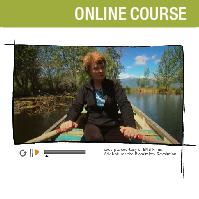
Through the Introduction to Biomimicry: Foundational Course, you’ll quickly discover that biomimicry is more than just looking at the shape of a flower or dragonfly and becoming newly inspired.
Read More

What's biomimicry all about? Read the primer from author and Biomimicry 3.8 co-founder Janine Benyus.
Read More

Author and Biomimicry 3.8 co-founder Janine Benyus discusses her seminal book, "Biomimicry: Innovation Inspired by Nature."
Read More
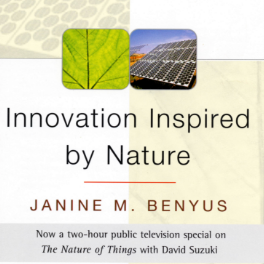
Biomimicry is innovation inspired by nature – taking advantage of evolution’s 3.8 billion years of R&D since the first bacteria.
Read More

The Land Institute has been working successfully to revolutionize the conceptual foundations of modern agriculture by using natural prairies as a model
Read More
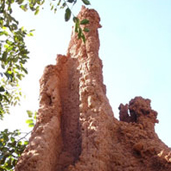
An office complex in Harare, Zimbabwe, has an air conditioning system modeled on the self-cooling mounds of Macrotermes michaelseni, termites that maintain the temperature inside their nest to within one degree, day and night.
Read More

Studying the way human lungs work is inspiring new technologies that remove carbon dioxide from sources like flue stacks, preventing this greenhouse gas from reaching our atmosphere and warming the planet.
Read More
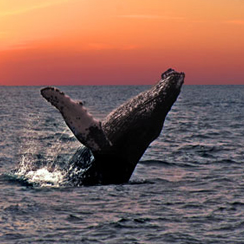
Wind tunnel tests of model humpback fins with and without tubercles have demonstrated the aerodynamic improvements tubercles make, such as an 8% improvement in lift and 32% reduction in drag.
Read More
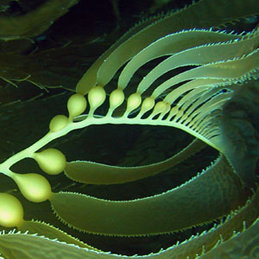
Nature moves water and air using a logarithmic or exponentially growing spiral, as commonly seen in seashells.
Read More
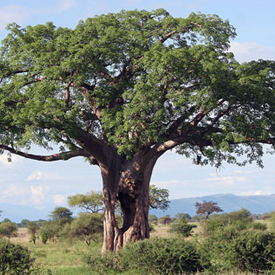
Engineers have incorporated these and other lessons learned from how trees and bones optimize their strength and minimize their use of materials into software design programs, such as Claus Matteck's “Soft Kill Option” software, which are revolutionizing industrial design.
Read More









